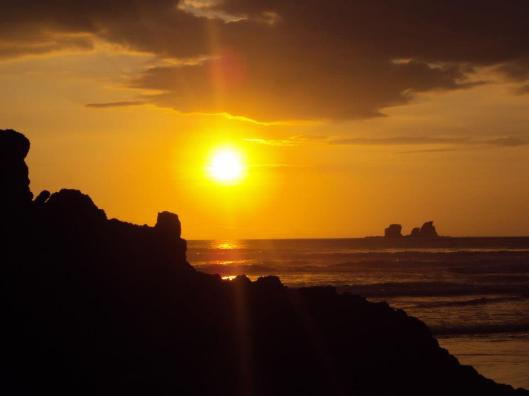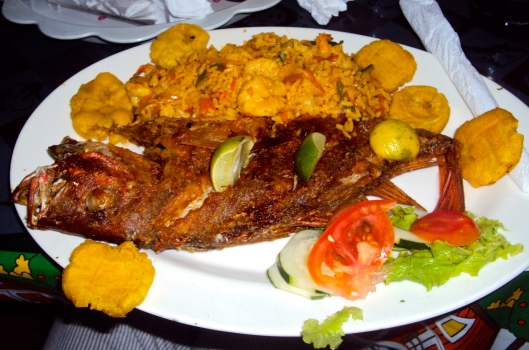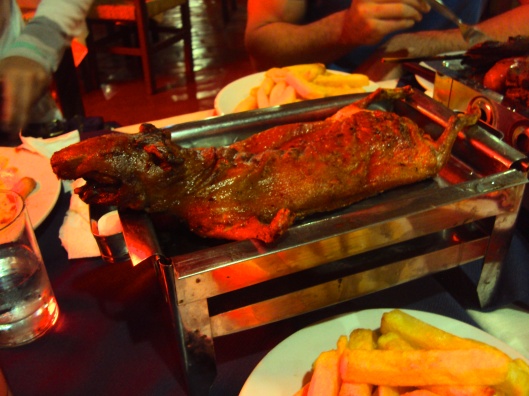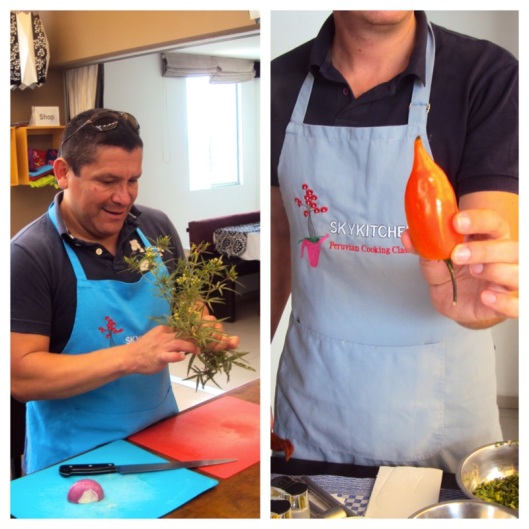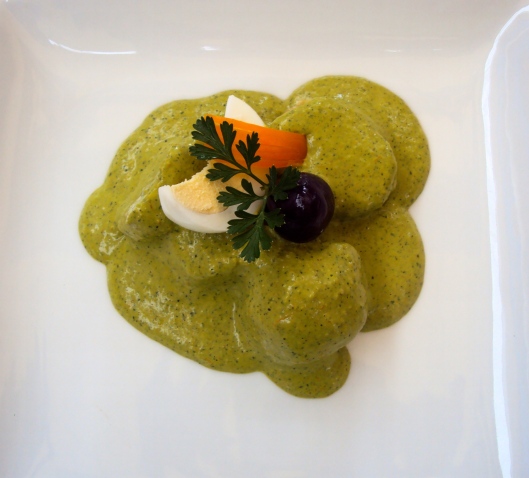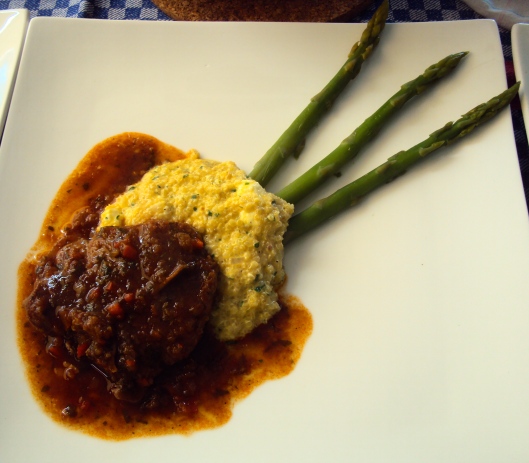It’s official. I absolutely love Lima, Perú.

Views along the Malecón in Lima’s Miraflores neighborhood
I must admit that before arriving in Lima, I did not have high expectations. Because countries like Argentina, Chile and Uruguay enjoy a relatively lower poverty rate than their South American neighbors, I’d assumed that their major cities (Buenos Aires, Santiago, Montevideo) would be the most modern, well-maintained, and safest. Wrong. In fact, I’m going to go ahead and make a potentially controversial statement. And I say this with love and respect in my heart for my previous home, but…Lima blows Buenos Aires out of the water.

Lima’s Centro Histórico
I know, I know, every city has good and bad neighborhoods, and 10 days in Lima is not enough to make a proper assessment. Especially since most of our time was spent in the upscale Miraflores neighborhood and the Centro Histórico. But if I compare those neighborhoods with ritzy Recoleta and historic Congreso in Buenos Aires, for example, the contrast is stark. Strolling through Miraflores and El Centro, the streets are clean, buildings are well-maintained, there’s no graffiti in sight, bright green manicured parks are plentiful, the Malecón offers impressive sweeping ocean views, and perhaps most exciting, the sidewalks are not a danger zone full of broken tiles peppered with dog poop. Yes, in Lima, people actually pick up after their dogs! C’mon porteños, everybody’s doin’ it!
But the cuisine is where Lima really outshines its neighbors to the south. Options are seemingly endless and global, representing flavors from all over the world. Japanese, Chinese, Persian, Indian, Colombian, Mexican, and Peruvian restaurants bump up against each other throughout the city. It was delicious agony trying to decide where to eat. These are good problems to have.
Dinner at Edo Sushi Bar (Berlin 601) was so incredible I never paused to take a photo. But if you have the chance, order one of the paquetes and let the sushi chefs decide what to give you. Some of the best, most creative sushi I’ve ever tried.
La Lucha Sanguchería Criolla (multiple locations) does a bustling lunch and dinner business, and it’s worth fighting the crowds for a seat. Sandwiches are stacked with thick slices of mouthwatering wood-roasted pork, turkey, chicken, country ham, or asado de res and topped with options like avocado, hard-boiled eggs, pickled onions and pico de gallo. The fries are made from huayro potatoes, which are typically dry and very absorptive, and result in a thick, crispy and flavorful french fry. They also offer a variety of fresh, exotic juices and batidos like my personal favorite, the lúcuma milkshake.
Stop by Café Café (Mártir Olaya 250) for delicious 2 x 1 drinks like the maracuyá sour, a cocktail made from passionfruit juice and pisco. We couldn’t resist the conchitas a la parmesana, scallops in a half shell drenched in white wine and melted parmesan cheese.

And you can’t leave Lima without trying anticuchos, a popular street food consisting of chunks of beef heart marinated in garlic, cumin and pepper, skewered, and grilled over a hot fire. Let this serve as proof that it really was the face that turned me off with the guinea pig, mmkay? As you might imagine, anticuchos are super rich and flavorful, a little salty for my taste but still delicious.

A mixed grill of anticuchos, chorizo, and steak.
This is by no means an exhaustive list of all the great flavors and restaurants that Lima has to offer. (Check out my previous Lima post for some additional tips). Most regrettably, we lost track of time and flaked on making reservations for any of Gastón Acurio‘s world-renowned restaurants, which I’m pretty sure makes us foodie failures. Given the fly-by-the-seat-of-our-pants nature of this trip, I’ve forgotten the importance of planning ahead for a popular restaurant reservation. Ain’t nobody got time for that.
Luckily, you don’t need to go to Lima to try some kick ass Peruvian cuisine, and I plan to check out Acurio’s famous cooking at La Mar Cebichería (locations in NYC and San Francisco). For my Chicago friends, keep an eye out for T’anta, set to open this summer.



